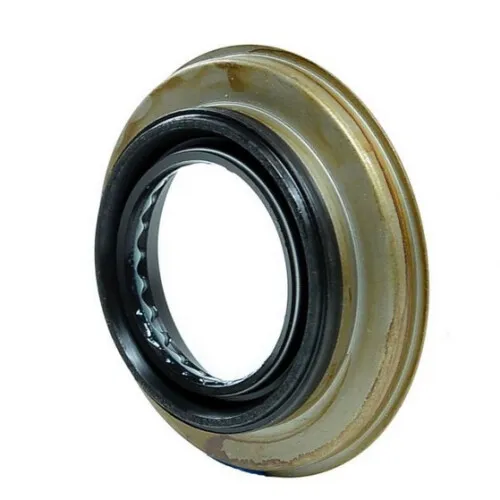Seal Ring 006 997 71 47


Installation technique also merits significant attention. One common cause of premature O-ring failure is improper installation, leading to issues like extrusion or chemical erosion. Professionals advise meticulous greasing of the O-ring and the sealing surfaces, ensuring no twisting or pinching occurs during assembly. Additionally, when replacing or installing O-rings, it's essential to avoid stretching them beyond their tolerances, as this can compromise their structural integrity. Another critical aspect is maintenance. Regular inspections can prevent unexpected failures by identifying wear or compatibility issues before they escalate into larger problems. Advanced predictive maintenance software now allows for monitoring the conditions that affect O-ring performance, such as pressure fluctuations and temperature variations, enabling timely replacements and adjustments. Trust in high-pressure O-rings is built upon years of successful application and continuous research into material science and engineering techniques. Leading manufacturers are constantly investing in innovative technologies to enhance O-ring performance, such as new elastomer blends that promise increased durability and resistance to extreme conditions. These advancements are guided by stringent industry standards that ensure every O-ring produced is capable of meeting the rigorous demands of high-pressure environments. In conclusion, high-pressure O-rings are a high-tech solution to preventing leaks and ensuring safety in equipment operating under intense conditions. Their effectiveness lies not only in their high-quality materials and precise manufacturing but also in the knowledge and expertise of the engineers who select and manage them. With a focus on material selection, installation procedures, and maintenance practices, high-pressure O-rings will continue to be a cornerstone in the efficient, safe operation of systems across various industries.
-
Simplifying Oil Changes: A Comprehensive Guide to Oil Drain Plugs and Their Variants
News Aug.04,2025
-
Mastering Oil Drain Maintenance: Solutions for Stripped, Worn, and Upgraded Oil Plugs
News Aug.04,2025
-
Fixing Oil Pan Plug Issues: Leaks, Stripped Nuts, and the Right Replacement Solutions
News Aug.04,2025
-
Everything You Need to Know About Oil Drain Plugs: Sizes, Fixes, and Upgrades
News Aug.04,2025
-
Choosing the Right Oil Drain Plug: A Guide to Sizes, Materials, and Drain Innovations
News Aug.04,2025
-
A Complete Guide to Automotive Drain Plugs: Types, Problems, and Innovative Solutions
News Aug.04,2025
-
The Ultimate Guide to Car Repair Kits: Tools and Essentials Every Driver Should Own
News Aug.01,2025
Products categories














